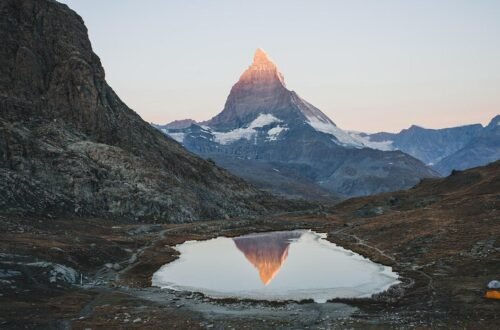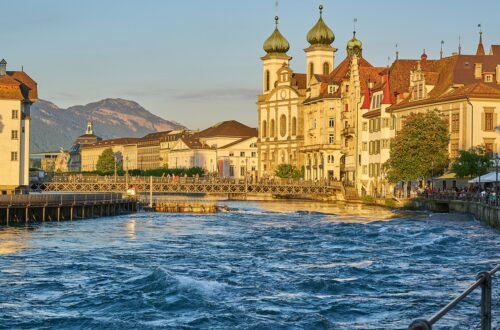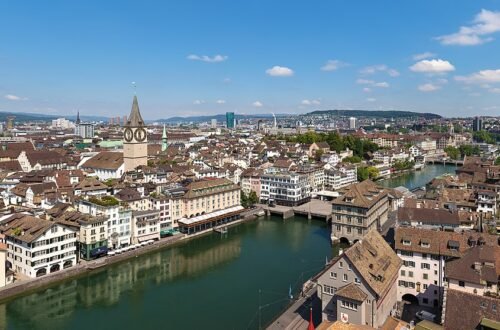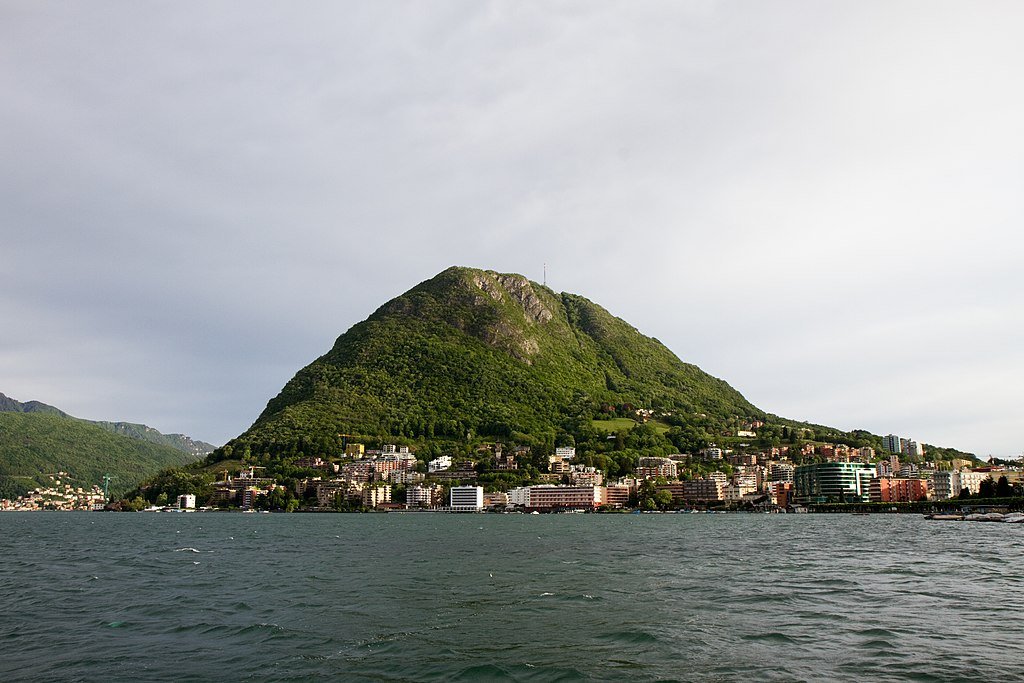
15 Best Things to See in Lugano (Switzerland)
In Switzerland’s Italian Canton of Ticino, south of the initial crest of the Alps, the city of Lugano is situated on its namesake lake. Lugano barely needs an introduction as a getaway for tourists. The San Salvatore and Brè Mountains, as well as the lakeshore’s untamed splendour, should be at the top of your travel itinerary. You’ll also fall in love with the city’s Italianate architecture, lakeside promenades, waterfront parks, upscale retail districts, and vibrant squares with arcades and dining areas. The remote communities, which are clustered on mountaintops above the lake, also merit affection. One is that Hermann Hesse, a novelist, lived in Montagnola in 1919 and resided there until his death, which occurred over 50 years later. Let’s examine the top activities in Lugano:
- Monte Brè
- Gandria
- Olive Tree Trail
- Piadine
- Centro Storico
- Swissminiatur
- Via Nassa
- Cattedrale San Lorenzo
- Museo d’Arte della Svizzera Italiana
- Lido di Lugano
- Parco Civico
- Monte San Salvatore
- Lake Lugano
- Chiesa di Santa Maria degli Angeli
- Hesse Museum
Monte Brè
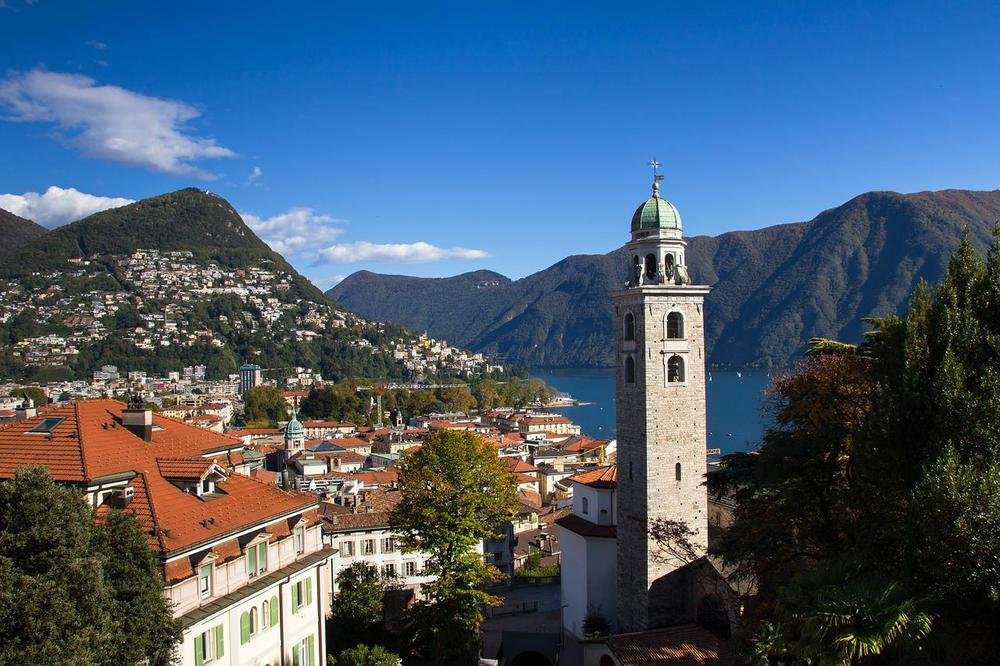
The starting point for another trip up a mountain is the Cassarate neighbourhood in Lugano’s east. Despite being newer than San Salvatore, the funicular railway has been clattering up the mountainside since 1912 and has a maximum gradient of 60.5 per cent. There are two restaurants at the summit, which is 925 metres above sea level, and from there you can see Lugano and the surrounding area of Italy. The Christmas rose, a flower that generally only grows in Mediterranean climates, is nourished by the abundant sunlight atop Monte Brè, which is hailed as Switzerland’s sunniest peak. You might get out at the Brè Villaggio station on the way up or down to explore the incredibly gorgeous village of Brè, which is crammed onto the steep slope.
Gandria
This lovely lakeside town, clinging to the eastern slopes of Monte Brè, has been officially a part of Lugano since 2004. Gandria is pristine and retains most of its original appearance from a century ago when the settlement served as a hub for illegal trade. This remote section of the Swiss-Italian border became a top target for smugglers because of the hefty customs fees for items like cigarettes and meat. You can meander along narrow, hairpin-turning alleyways and staircases and stop by the 15th-century Church of St. Viglio, which features tributes to prominent local families on its exterior. The Swiss Customs Museum, which is located across the sea, provides information on the clever methods of smugglers and the actions taken by customs officials to foil them.
Olive Tree Trail
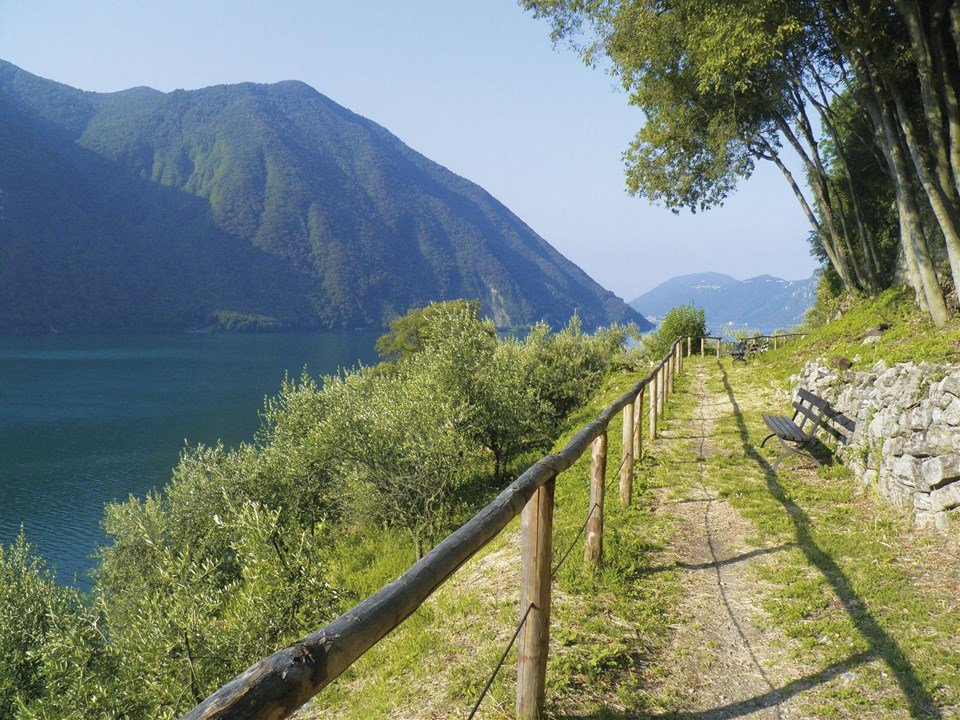
In addition to smuggling and the silk trade, olives are a significant element in Gandria’s history. A 3.5-kilometre track allows you to stroll gently through the olive groves that are terraced onto Monte Brè’s sunny slopes. From Gandria to Castagnola, the path feels more like it belongs in the Mediterranean than in Central Europe. Some of the groves date back hundreds of years, and fresh initiatives are being made to revive olive farming. 18 panels with information about the olive trees and their connection to these two settlements are located along the walk, which is marked.
Piadine
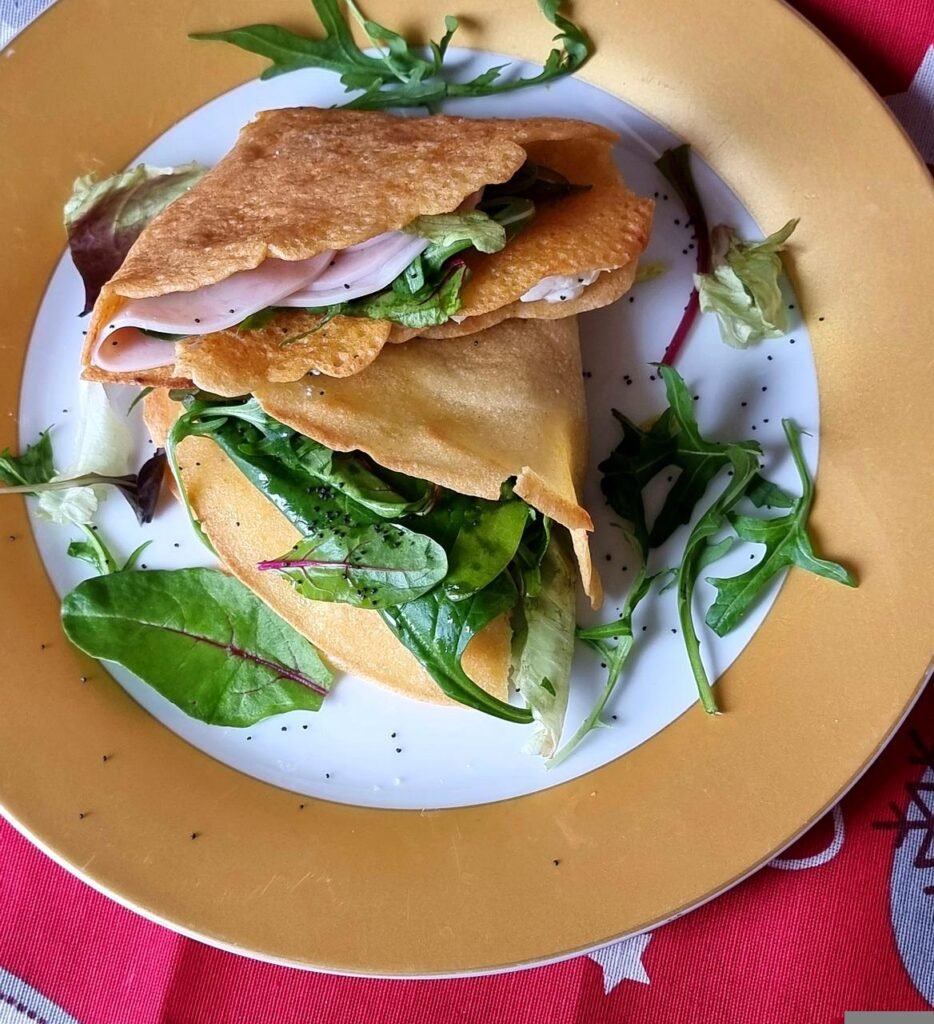
Like the culture and geography of the city, Lugano’s food is where Switzerland and Italy converge. The piadine in the Lugano style captures this cross-pollination. Very satisfying if you’re on the go, and an antidote to the city’s very upmarket cuisine, a piadina is a flatbread wrap that comes with almost anything you like. Typically, it will be stuffed with a variety of cold cuts, shrimp, ham, various cheeses, lettuce, and veggies like aubergine. When fresh or grilled, piadine can be eaten, and when heated, it resembles a taco or quesadilla.
Centro Storico
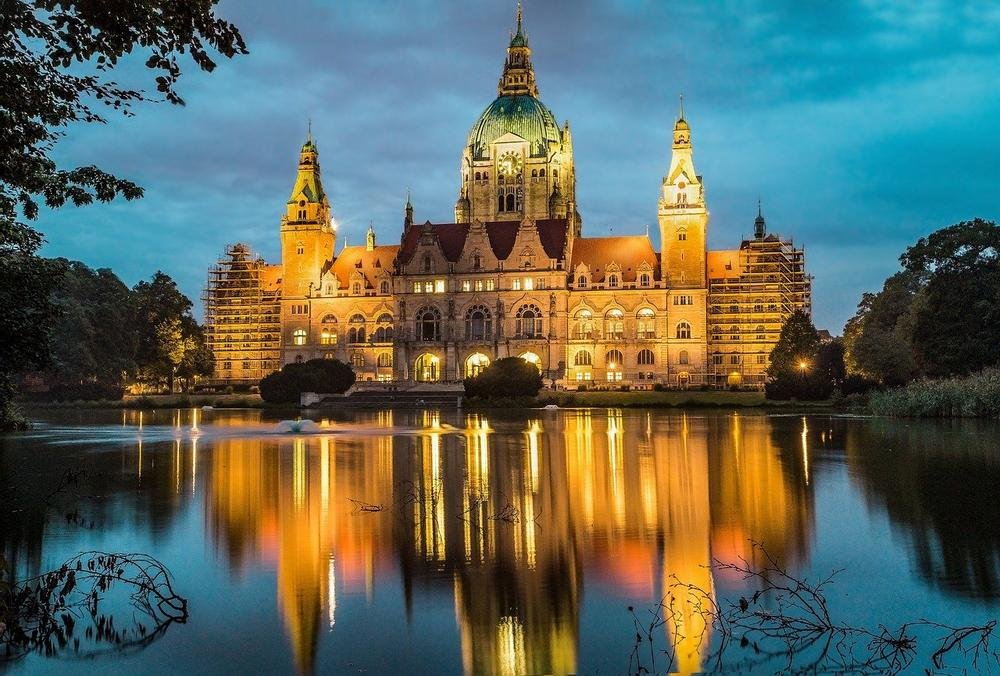
Discovering Lugano’s old centre, which is teeming with Renaissance and Baroque churches, convents, palazzi, and arcaded squares is a joy. The Piazza Riforma, which is surrounded by tall, pastel-painted buildings and bustles with activity on weekends and in the evenings, must be your first stop. The Neoclassical city hall’s impressive front is on the southern boundary, and the tourist information centre is also located here. On Tuesday and Friday mornings be sure to rise early for the fresh produce market on Piazzale Ex Scuole, selling cold cuts, flowers, cheese and fruit. The trapezoidal and arcaded Palazzo Riva, which a count ordered in 1740, is located on Piazza Cioccaro.
Swissminiatur
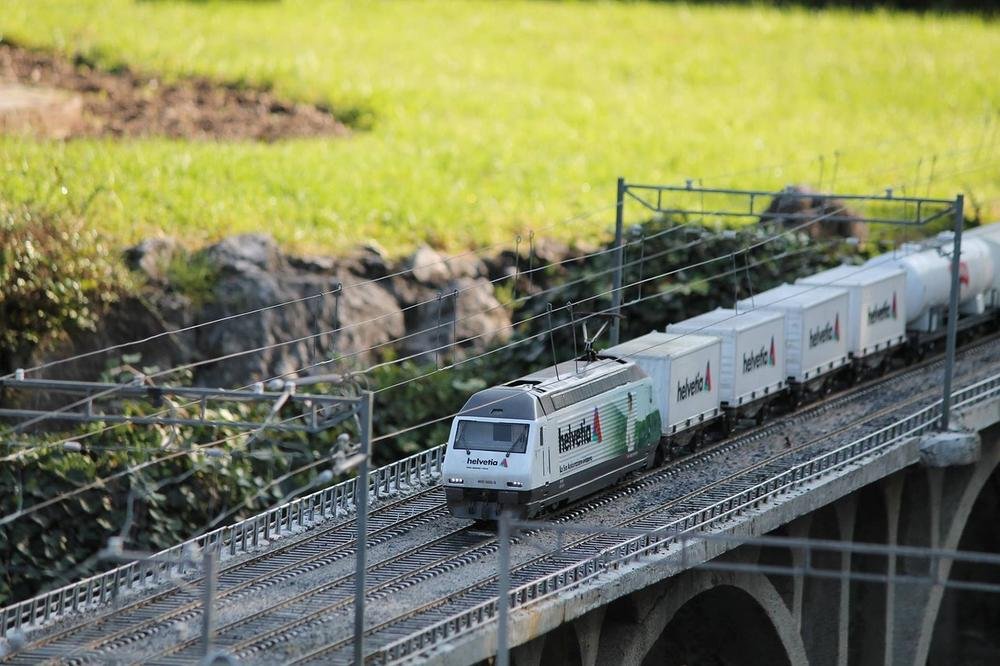
An outdoor museum that, true to its name, depicts all of Switzerland’s significant monuments in miniature is located on the Melide Causeway at the base of Monte San Salvatore. 130 miniature churches, manor houses, castles, and natural features like the Matterhorn are displayed throughout the park. Most of them are 1:25 scale and covered in flowerbeds and forests. Kids will go crazy for the park’s miniature railway, which winds through it. 18 miniature trains are zooming down its 3.5-kilometre-long track. Watch out for the funiculars in the park, the vehicles on the freeways, and the boats sailing by the lakes.
Via Nassa
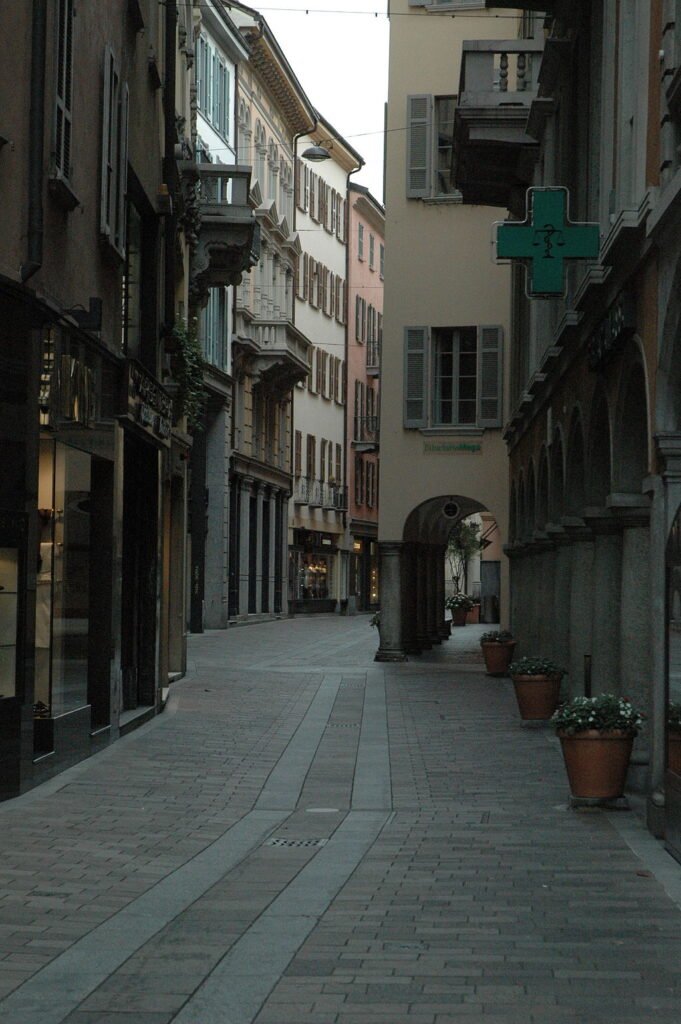
Via Nassa, which starts one block from the water and arcs with Lugano’s bay as it approaches the ancient part of the city, runs from the extreme south of the city. On this street, which is lined with a long row of arcades dating back to the 17th century, you can do some serious shopping. Those arcades used to offer stall owners a covered area to conduct business. With upscale boutiques, jewellery stores, department stores, food emporia, and cafes all sheltering under the arches, they are now a hip way to travel throughout the summer.
Cattedrale San Lorenzo
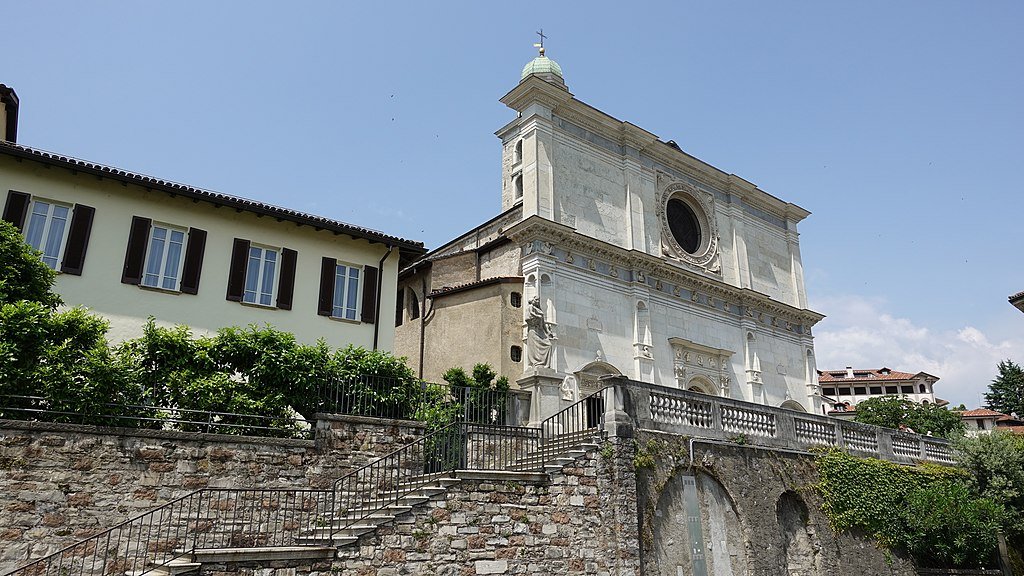
The stunning main facade is made of white limestone and Carrara marble. The cathedral was built on top of a much older Romanesque structure at the turn of the 16th century. Medallions and Renaissance-style symbols like birds are sculpted into the three doors. Additionally, there are busts of King Solomon, David, and the Four Evangelists made of marble between them. Look up to see the rose window in the centre, which was carved in the 1570s and features cherubs. There is a terrace with a balustrade on this high ground where you may admire the view of the lake and mountains.
Museo d’Arte della Svizzera Italiana

Since 2015, several art collections from Lugano and the canton of Ticino have been housed under the Museo d’Arte della Svizzera (MASI). There are two locations for this; one is inside the brand-new LAC structure in the southern part of the city, close to where Via Nassa begins. The Palazzo Reali in the city’s centre is the other. At the LAC, major temporary exhibitions and works of modern and contemporary art are displayed. While the Palazzo Reali’s collections from the 15th to the 20th-century call for as much time as you can spare. The most notable works are those by Swiss-Italian masters from the Baroque era, like Giuseppe Antonio Petrini and Giovanni Serodine.
Lido di Lugano
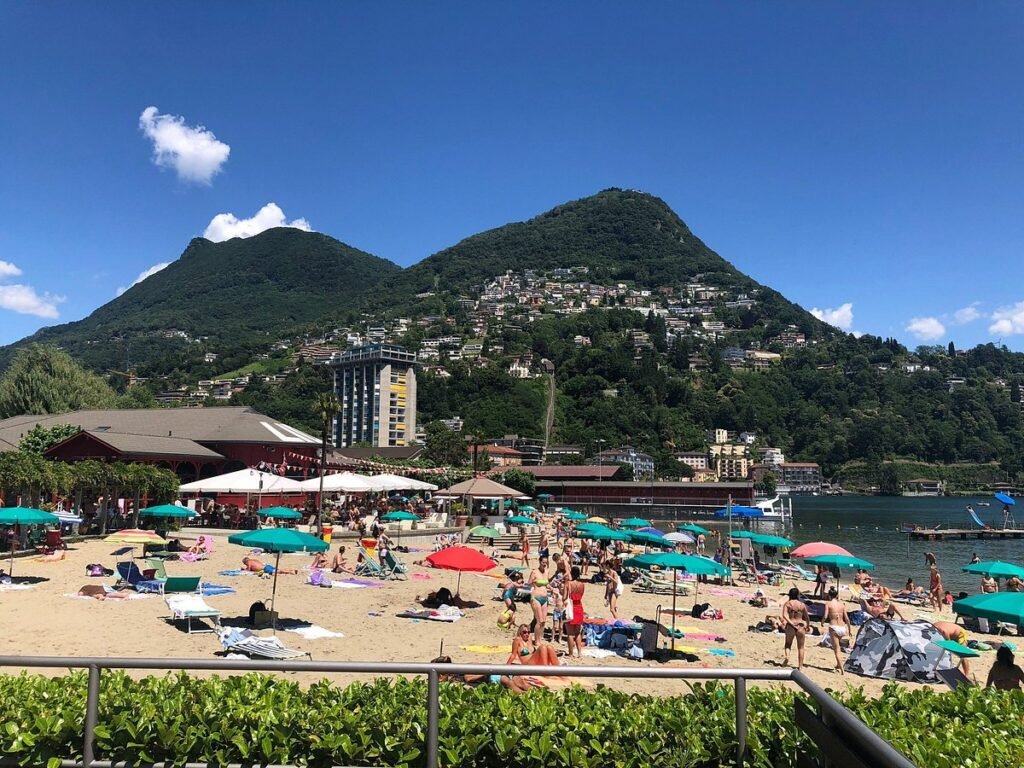
The Lido di Lugano is a type of vacation resort located close to the city, to the east of the Parco Civico. There are many outdoor swimming pools, including an Olympic-sized pool, a medium pool, and a diving pool, as well as one with toys and obstacles for children. In addition, the Lido boasts a sandy beach where you may unwind while gazing at San Salvatore and the towering mass of Sighignola across the water. Additionally, you may take a dip in the lake, stop for lunch at the beach bar, or watch movies on the lawns on warm evenings.
Parco Civico
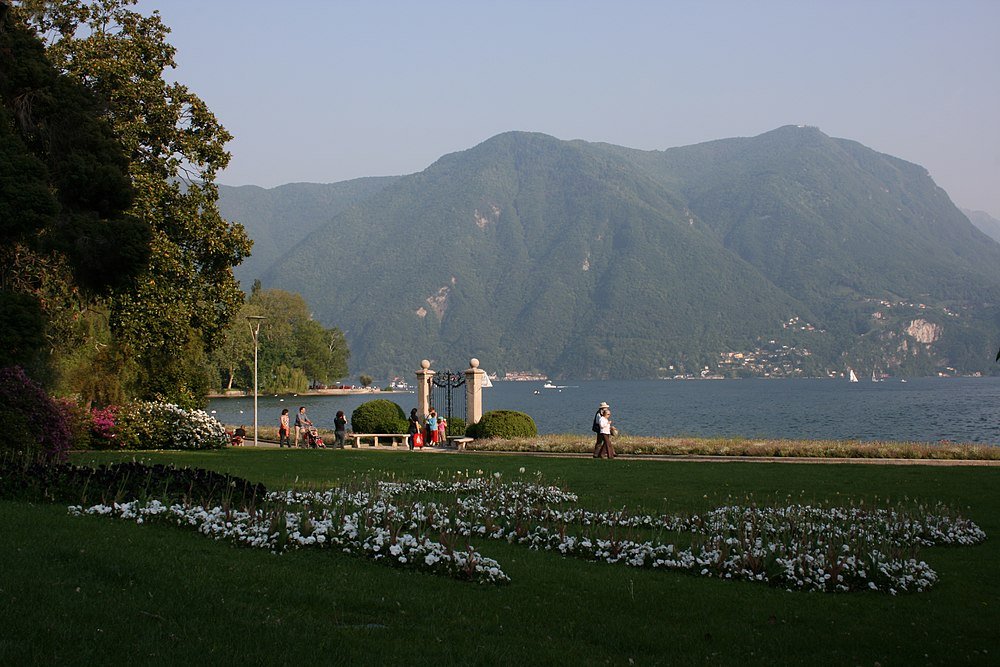
The Parco Civico, a charming lakeside park east of the city’s core, also houses a few significant facilities, including the Cantonal Library and Convention Centre. Superior views of Lugano, which are particularly lovely after sunset, can be had from the centre of the bay as it curves around. You will be astounded by the views of Monte Brè and Monte San Salvatore during the day. The Villa Ciani, surrounded by meticulously maintained gardens with flowerbeds, palms, and bushes, is located closer to the city centre. Things are a little wilder to the east in established woods where maple, plane, oak, and lime trees grow by the Cassarate River’s bank.
Monte San Salvatore

The Monte San Salvatore, a monolith on the southern horizon and the city of Lugano’s mountain, peaks at more than 900 metres. The 360-degree views of Lugano, the lake, and the Alps to the west will leave you speechless when you reach the summit. In about 12 minutes, a funicular transports you from the suburb of Paradiso up the steep incline. For determined hikers, the upper station at the summit is just the start of their adventure as they can pick up the trails for Carona or venture even further along the ridge to the lakeside town of Morcote. Instead of taking the funicular, you might alternatively choose to climb for a little over an hour back down.
Lake Lugano
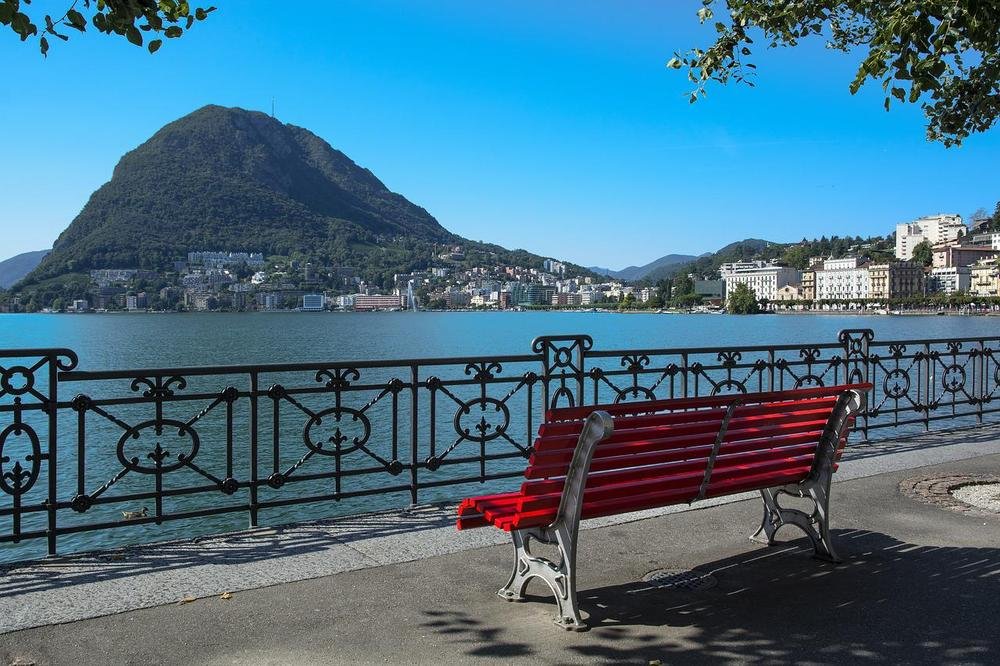
The first thing you’ll notice about the lake in Lugano when you go down the waterfront promenade is how untamed it appears. There is a mountain with wooded slopes that descend to the water on every shore. The long and sinuous lake fills the wide valleys between the summits. You can only see a small fraction of the lake from Lugano due to the nearby peaks, so you shouldn’t miss the opportunity to see more by boat. The Società Navigazione del Lago di Lugano offers a wide range of daily excursions by paddle steamer from the jetties. The most popular cruises are the three-hour morning and panoramic cruises. You can also go out to see Lugano’s city lights sparkling on the lake at night.
Chiesa di Santa Maria degli Angeli
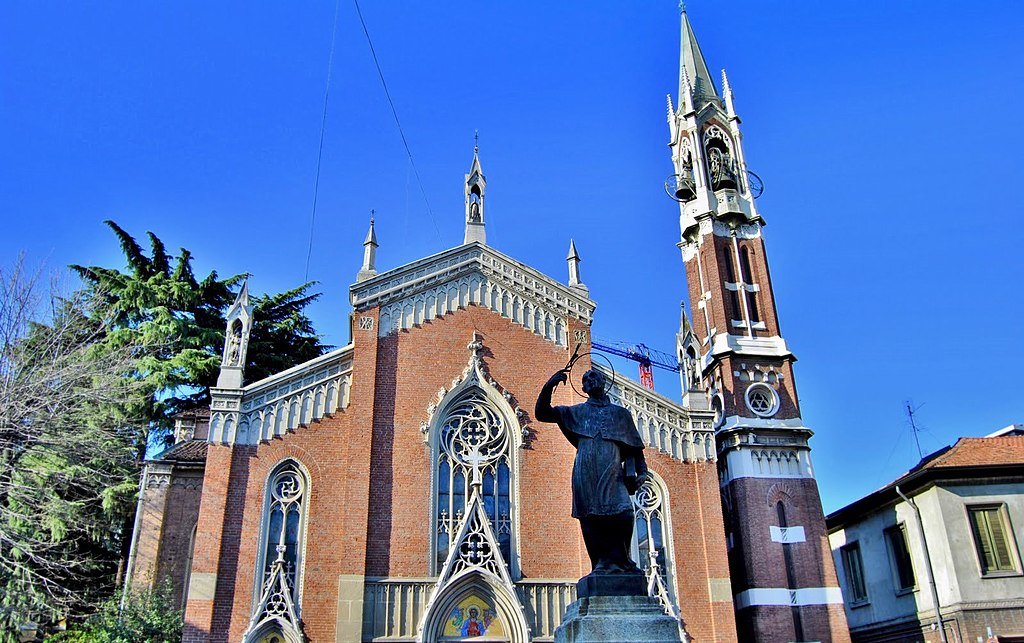
The Chiesa di Santa Maria Degli Angeli, a former monastery, is revered for what can be seen within, despite having a fairly sombre exterior. The best Renaissance fresco in Switzerland covers the entrance to the chancel. Bernardo Luini painted it in 1529, and it depicts Christ’s crucifixion and passion. The Last Supper and the Virgin with Child are two other paintings by Luini that may be found in the church. Look at the altar via the arches. It was made of wood for Como’s Santa Croce Convent in the 1700s.
Hesse Museum
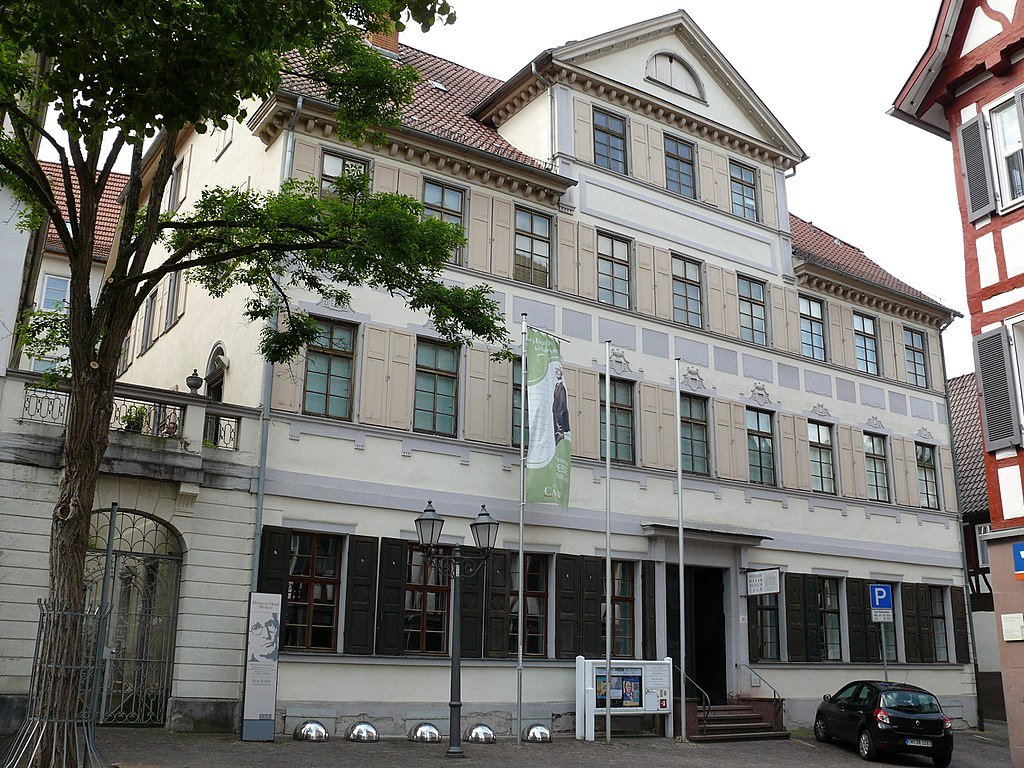
Hermann Hesse, a German author who won the Nobel Prize, resided in Montagnola, a lakeside community, from 1919 until he died in 1962. His original residence in the community, Casa Camuzzi, has been turned into a museum. He created classics like Siddhartha, Steppenwolf, Narcissus, and Goldmund while he was a resident of this country. In the Torre Camuzzi, you can examine a trove of memorabilia, such as correspondence with people like T.S. Eliot and Freud, Hesse’s typewriter, books, photographs, and watercolours he painted. You could also go on an audio-guided tour of Montagnola and wander the community as Hesse did.


